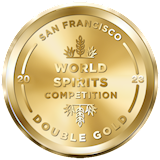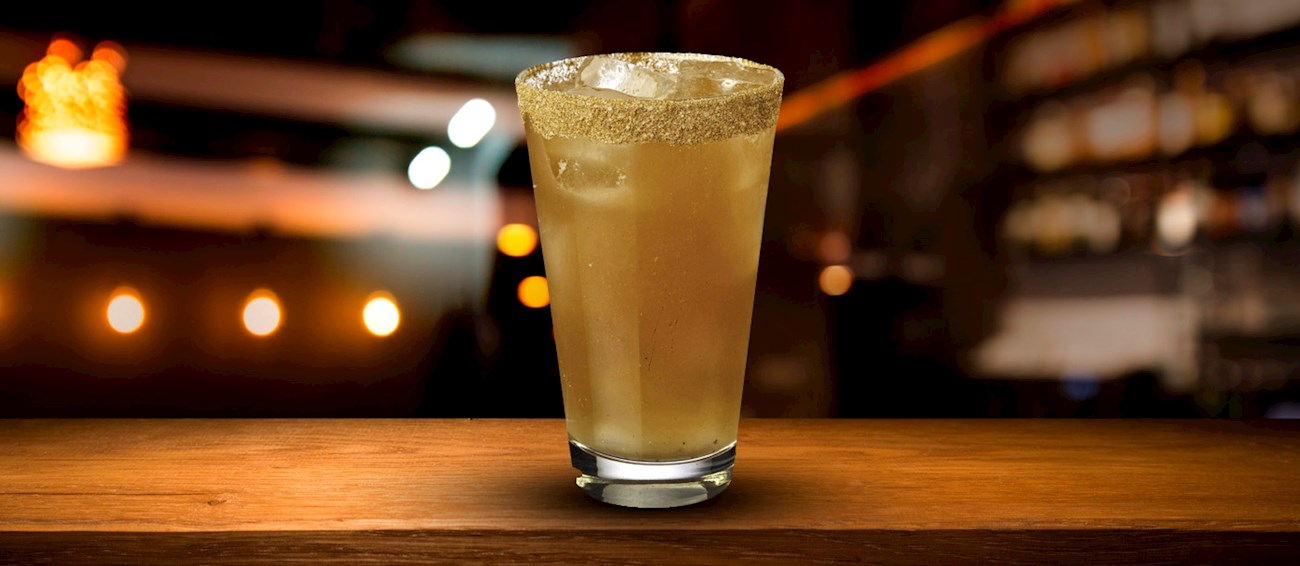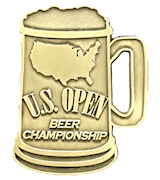TABLE OF CONTENTS
Best Detroit Beverage Types
MAIN INGREDIENTS
Boston Cooler is a sweet and creamy non-alcoholic drink consisting of vanilla ice cream and Vernors—a type of ginger ale that originated in 1880 Detroit. The drink is made by blending the two ingredients until the mix reaches a creamy consistency similar to a milkshake.
It is not entirely clear how this Detroit specialty got its name. Many believe it was influenced by Detroit's Boston Boulevard and its proximity to Dr. Vernor's original soda fountain, but most associate it with Detroit's Boston Edison neighborhood.
MAIN INGREDIENTS
Bullshot is a savory cocktail similar to Bloody Mary, but it is made with beef broth instead of tomato juice. It most likely originated in 1952, possibly as a marketing strategy for Campbell's Soup. Although it became a popular cocktail option, it slowly disappeared sometime in the 1980s, and it is now rarely found on cocktail menus.
Bullshot combines beef broth, vodka, Worcestershire sauce, Tabasco sauce, lemon juice, salt, and pepper. The ingredients are shaken with ice, and the mix is then strained into a glass filled with fresh ice. Bullshot can be served in an old-fashioned or a highball glass.
Hummer is a creamy ice cream cocktail that was concocted in Detroit in the 1960s. Often dubbed as an adult milkshake, the cocktail consists of ice cream, white rum, and Kahlua liqueur. The ingredients are blended with ice, and the drink is poured into a tall, chilled glass.
It should have a thick and creamy consistency. Jerome Adams from the Bayview Yacht Club is mostly credited as the inventor, and the name allegedly stems after one customer commented that drinking two of these boozy cocktails made you want to hum. The cocktail was initially popularized among the sailing crews that would visit the Bayview, but it soon became prominent in the entire state.
TABLE OF CONTENTS
Best Detroit Beverage Producers
AWARDS

SFWSC - San Francisco World Spirits Competition - Double Gold
2024, 2023
BEST Detroit City Spirits
TABLE OF CONTENTS
TasteAtlas food rankings are based on the ratings of the TasteAtlas audience, with a series of mechanisms that recognize real users and that ignore bot, nationalist or local patriotic ratings, and give additional value to the ratings of users that the system recognizes as knowledgeable. TasteAtlas Rankings should not be seen as the final global conclusion about food. Their purpose is to promote excellent local foods, instill pride in traditional dishes, and arouse curiosity about dishes you haven’t tried.





